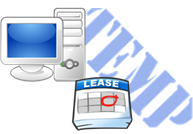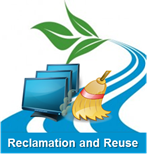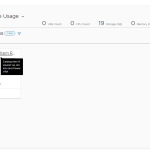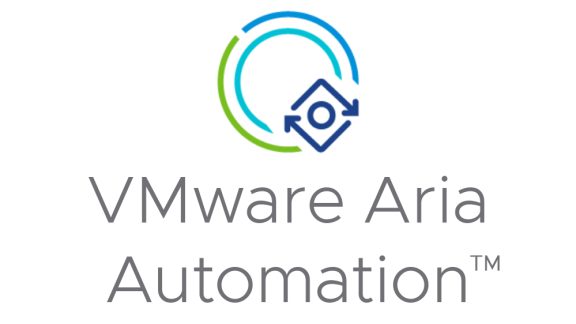Not all applications have life spans measured in years. Most companies have applications that run anywhere from a few minutes to a few days. The challenge is that the applications and the resources they consume live on long after the task is complete.
 Examples of these types of applications include: modeling, simulation, month/quarter end processing, development, testing, etc. Think about the applications at your company that have the need for transient compute resources. At most companies the percentage of these transient applications can vary from a low of 10% to 90% or more.
Examples of these types of applications include: modeling, simulation, month/quarter end processing, development, testing, etc. Think about the applications at your company that have the need for transient compute resources. At most companies the percentage of these transient applications can vary from a low of 10% to 90% or more.
As a software development company, VMware has a much higher percentage of temporary machines compared to permanent machines. For Example: Each vCloud Automation Center developer or QA engineer has one or two permanent machines that run a version of our software. They do however create multiple machines to test how our software can provision and manage machines. Left to their own devices, the developers let these machines live around much longer than necessary because cleaning up typically is a low priority task until it gets to the point where you run out of resources.
 Lease vs Owning Machines
Lease vs Owning Machines
The problem is not that cleaning is a lengthy process. The problem is just remembering to cleanup. What is needed is a process that automatically reclaims and reuses resources when they are no longer required. Leases provide policies about how long a machine can live and what should happen to the machine at the end of its lease period. Creating different machine templates, with different lease durations, has reduced the number of active machines that we have at anyone point in time. Instead of having to remember to manually cleanup, developers must choose to extend a lease or else their machines will be automatically deleted. Since we have a large number of these temporary machines, inactive machines can consume a significant portion of our compute resources without automated lease cleanup.
machine can live and what should happen to the machine at the end of its lease period. Creating different machine templates, with different lease durations, has reduced the number of active machines that we have at anyone point in time. Instead of having to remember to manually cleanup, developers must choose to extend a lease or else their machines will be automatically deleted. Since we have a large number of these temporary machines, inactive machines can consume a significant portion of our compute resources without automated lease cleanup.
Automated Reclamation Savings
 Automated reclamation and reuse of resources has made our developers more productive due to less contention for physical resources and has allowed us to delay additional hardware purchases. The same is true for other companies who use our product to manage their development and test infrastructures, which typically have a large percentage of transient applications. However, savings are not limited to development and test use cases. We have a number of companies that do modeling and simulation. These calculations can consume many machines and take days to finish, but then they might not run again for weeks or months. Most companies that we have worked with admit that they have at least 10% of their machines used for these types of temporary applications. Using our sample configuration of 1000 virtual machines, more effective reuse of those resources could represent a savings of over $100,000 annually.
Automated reclamation and reuse of resources has made our developers more productive due to less contention for physical resources and has allowed us to delay additional hardware purchases. The same is true for other companies who use our product to manage their development and test infrastructures, which typically have a large percentage of transient applications. However, savings are not limited to development and test use cases. We have a number of companies that do modeling and simulation. These calculations can consume many machines and take days to finish, but then they might not run again for weeks or months. Most companies that we have worked with admit that they have at least 10% of their machines used for these types of temporary applications. Using our sample configuration of 1000 virtual machines, more effective reuse of those resources could represent a savings of over $100,000 annually.
Like to learn more about Cloud Automation ROI and how automating cloud service delivery can save cost while accelerating access to IT resources and applications?
Learn more:
- Watch Building the Cloud Automation Business Case
- See how VMware IT saved 90% of time spent and 30% of costs through automated provisioning.
- Check out what some of our customers are saying in the customer case studies on our web site.
Need help deploying your private cloud infrastructure or developing your business justification? Contact us and our experts can help your team build the business case and the solution that will maximize your IT productivity.






